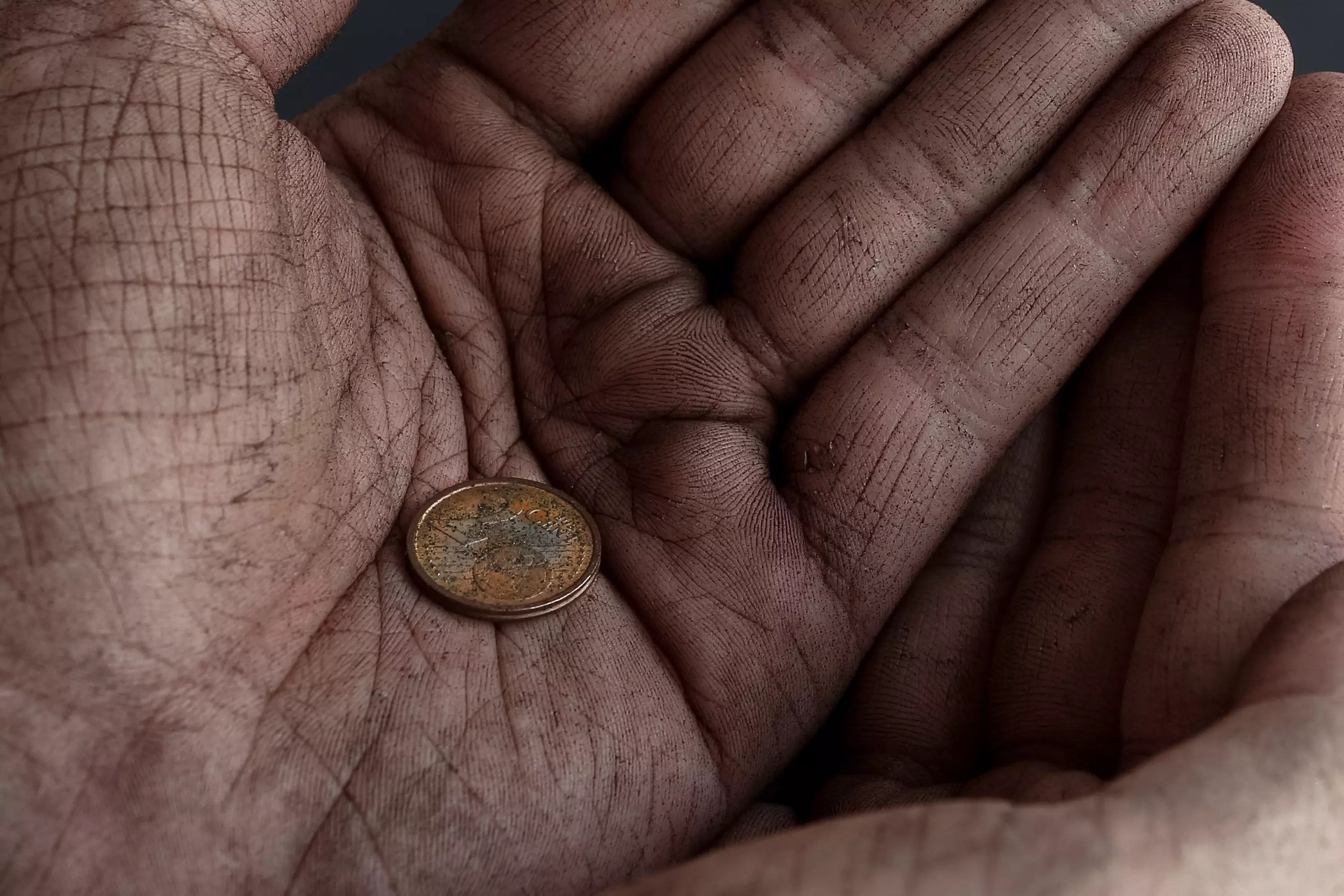History of poverty in the United States - A historical overview of the poverty problem in the United States
Introduction
Poverty in the United States is a complex and enduring phenomenon, deeply rooted in the country's history. From colonial times to the present, the problem of poverty has evolved, but its foundation remains the same: economic and social inequality. The following is a historical overview of the poverty problem in the US, from the country's early days to today's challenges.
Colonial and Revolutionary America (1600 - 1800)
During colonial times, poverty in America was forced and often the result of a feudal economy system brought from Europe. Colonial poverty laws, based on the English poverty system, imposed restrictions on the poor, forcing them to work in certain occupations and places. Forced labor, including slavery, was common and formed the basis of the economy of many colonies, especially in the south.
During the American Revolution and the early years of the Republic, the issue of poverty took on new importance. As a result of the War of Independence, many veterans and their families found themselves in a difficult financial situation. Although the U.S. Constitution did not provide a solution to poverty, the debate over economic inequality was gaining momentum.
19th century: Industrialization and the Civil War
With the beginning of the 19th century, the industrial development of the US brought new forms of poverty. Textiles, metallurgy and other industries required cheap labor, leading to a working class living in modest conditions. In cities such as New York and Chicago, the rapidly growing immigrant population contributed to the growth of slums.
The Civil War (1861-1865) brought additional challenges. The liberation of slaves was a milestone in the fight against inequality, but the lack of support from the federal government left many freed African-Americans living in poverty. Reconstruction of the South proved ineffective in addressing poverty and racial inequality in the long term.

The early 20th century: the Great Depression and the New Deal
The 20th century brought further changes to the problem of poverty in the US. The Great Depression of the 1930s was one of the most dramatic periods in the history of the US economy. Millions of people lost their jobs, savings and property, leading to mass poverty and homelessness. In response to the crisis, President Franklin D. Roosevelt introduced New Deal programs to provide financial support, create jobs and improve living conditions.
Programs such as the Social Security Act (1935) introduced a social security system, while the Civilian Conservation Corps (CCC) and Works Progress Administration (WPA) created millions of jobs. The New Deal played a key role in mitigating the effects of the Great Depression, but the problem of poverty was still present.
After World War II: The Golden Years and the War on Poverty
After World War II, the US experienced unprecedented economic growth and prosperity. The period known as the "Golden Years" (1945-1973) brought increased living standards for many Americans, but poverty did not disappear. In the 1960s, during the presidency of Lyndon B. Johnson, the "War on Poverty" was announced as part of a broader "Great Society" program.
Programs such as Medicare, Medicaid, Food Stamps (now known as the Supplemental Nutrition Assistance Program, SNAP) and Head Start were designed to help the poorest and neediest. While these programs have had some success, they have failed to completely eradicate poverty.
The 1970s and 1980s: Economic Crises and Reagan Policies
The 1970s and 1980s brought further economic challenges, including stagflation and rising unemployment. President Ronald Reagan's policies, known as "Reaganomics," focused on tax cuts and reduced government spending on social programs. Reduced funding for social programs had a negative impact on the poorest sections of society.
The 1990s and Early 21st Century: the Technological Boom and Great Recession
The 1990s were a period of technological boom and economic expansion, which helped improve the situation of many Americans. Nonetheless, income inequality grew and poverty remained a problem for many families.
In 2008, as a result of the global financial crisis, the US experienced its worst recession since the Great Depression. Millions of people lost their jobs and homes, leading to a sharp increase in poverty. In response, President Barack Obama's administration introduced a series of stimulus programs to revive the economy and support the poorest.
Modern Times: New Challenges and Solutions
Today, the problem of poverty in the U.S. remains a serious challenge. The COVID-19 pandemic in 2020 has further exacerbated economic inequality, especially among ethnic minorities, low-wage earners and workers in sectors affected by lockdowns. Government support programs, such as unemployment benefits and direct stimulus payments, helped briefly mitigate the effects of the pandemic, but long-term solutions are still needed.
Conclusion
The history of poverty in the U.S. shows that it is a complex and multifaceted problem, influenced by both economic changes and government policies. While many programs and initiatives have been aimed at fighting poverty, there is still much work to be done. Understanding the historical context of poverty is key to formulating effective policies and actions to address the problem.
By examining the past, we can better understand what steps are necessary to ensure that future generations have a better chance at a better life. As U.S. society faces new challenges such as climate change, automation and global competition, fighting poverty remains one of the most important social and political goals.

Add comment